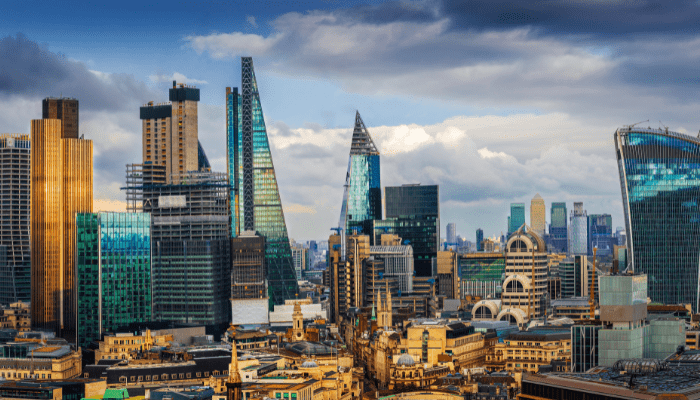Improve mobility
Good cities are highly mobile. Urban lifestyles and social environments deteriorate when people have to make cumbersome commutes to get from point A to point B. Noise and air pollution envelop the city. To solve these problems, planners and designers propose simple interconnected street layouts, tracing back from highways to neighbouring cityscapes.
Mobility’s greatest enemy in cities is the heavy use of private cars. Optimizing public transport, allowing pedestrian zones, combined with strict parking and private car use regulations can solve these problems. Moreover, more and more cities invest in bike sharing program to allow their population to move quickly without polluting and at lower cost in their center.
Integrate Natural Systems into the city center
The natural environment is an integral part of the city. Considering climate change, it makes sense to mix natural and urban infrastructure systems. Cities should actively participate in the conservation, protection, and enhancement of the natural environment surrounding them.
Not only does this benefit the health of flora, fauna and aquatic life, but these systems are closely linked to human life and communities. It affects the physical and mental health of groups and individuals and is therefore an important factor to consider when planning Healthy City centers. Clean water resources, fresh air, and rich biodiverse ecosystems all contribute to resilient cities.
Use local sources
Sustainable cities are made possible by autonomous existential processes. Until now, most urban areas have relied on rural areas in the suburbs to provide the products and resources for urban survival. This dependence stems from the limited space available within city limits for food production and cultivation. Therefore, most factories are located in the suburbs. To create a self-sufficient city, it is essential to bring these processes into the city.
This enables a healthy interaction between consumers and products from the earliest stages of conception. For example, many cities have started rooftop farming. This makes crops available within the city and increases employment opportunities. When all community needs are met locally, a self-sufficient urban system emerges that thrives economically while significantly reducing the city’s carbon footprint.
Create a pedestrian-friendly city
Cities become obsolete when roads are taken away from people. Vehicles dominating the streets and forcing residents to work on the fringes creates an oppressive environment for occupants. City centers exist for people to use and enjoy, but when that enjoyment is at high risk of loss of life, the existing system needs to be re-evaluated. This retrospective sparked a revolution in pedestrian-friendly neighborhoods.
These locations basically have all the services and resources you need (grocery stores, medical services, schools, parks, etc.) within walking distance of your residence. Streetlights, street fixtures, pedestrian crossings, etc. are all integral parts of this system. Some cities have introduced smart poles, light poles with CCTV surveillance, SOS capabilities, electric vehicle charging stations, and many other useful features that fit into a single body.
Invest in micro-level convenience and services
When the scope of a plan is reduced to a small level, urban design helps shape neighborhood cityscapes and landscapes. Designing sidewalks, designing road partitions, using solar energy to light streets at night, stopping traffic, separating traffic, bike lanes, vegetation, shrubs, etc. are all integral parts of micro-planning.
Public infrastructure design has evolved over the years, with changing needs and regulations based on site context and public behavior. Public spaces should also be designed to recognize and support different user groups. For example, many spaces are still inaccessible to people with disabilities, and many cities are beginning to change their infrastructure to make them more accessible.



































